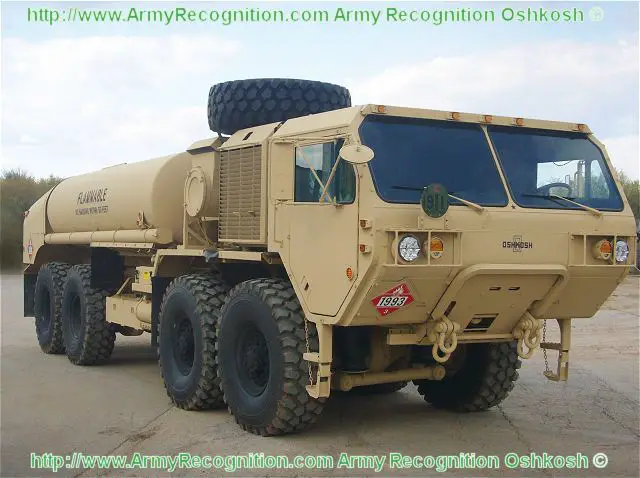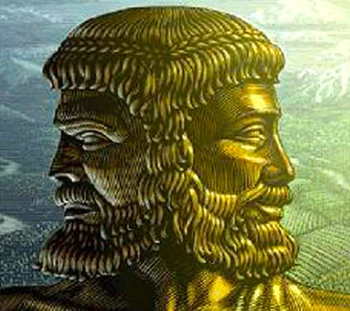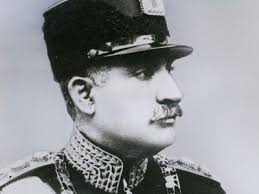Army All-Terrain Refueling Truck HEMMT
Eight years ago, I was deployed in southern Iraq with an Army Combat Aviation Brigade. Among the nearly 2,000 soldiers were about 100 fuelers, the men and women who refueled helicopters. Some were stationed at our main base at Camp Adder, others were dispersed to bases all across the southern half of Iraq, from Camp Garry Owen on the Iran-Iraq border to Al-Kut to Basrah to Camp Normandy near Baghdad.
These remote detachments refueled helicopters at all times in all weather. Hours and hours of boredom could be broken up by a half-dozen Chinooks, Apaches or Blackhawks suddenly filling the fueling rigs.
At Camp Normandy in the summer, one of the fueler sergeants made a pet out of a cat. Pets are against about a dozen regulations, but he managed to keep his new friend well hidden. He named it Fluffy.
One day in November 2009 he walked into the morning briefing visibly upset and announced, "We lost one of our own last night." The dozen soldiers in the room started whipping their heads around looking to see who was not at morning meeting. Then someone yelled, "Who?"
The big sergeant said, "Fluffy! Somebody ran her over in the night. She was stuck to a HEMMT tire this morning when I found her."
Several soldiers threw Gatorade bottles, a few threw helmets and chased the bereaved sergeant out of the tent.
Refueling a MEDEVAC Blackhawk helicopter in Iraq, 2009












